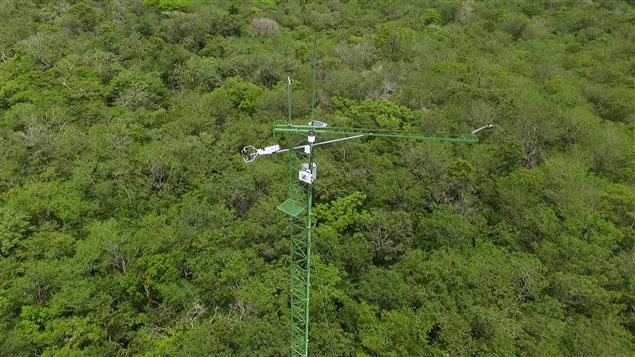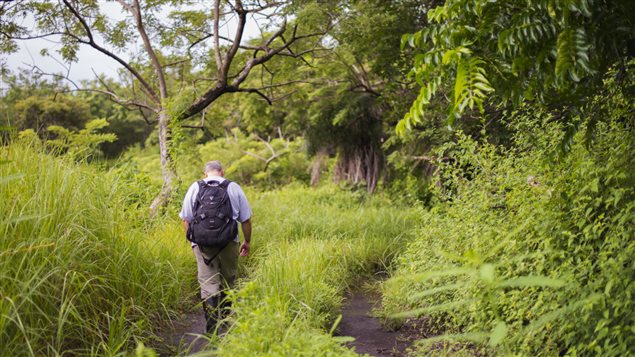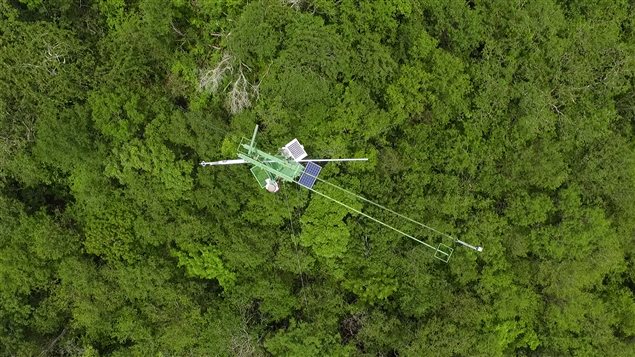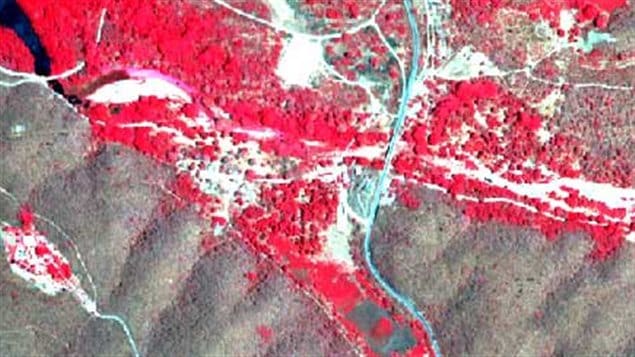A scientist based at the University of Alberta will be travelling to the major international climate summit in Morocco for COP-22.
Arturo Sanchez research is focussed on the little studied area of the world’s “dry” tropical forests and their role in carbon sequestration.
He says a major drought in Central America is causing high mortality in a critical earth ecosystem.
Sanchez is a professor in Earth and Atmospheric sciences at the University of Alberta, and Director of the University of Alberta Centre for Earth Observation Sciences (CEOS)
Listen
Unlike rain forests which are in constant replacement of leaf cover, tropical dry forests produce leaves in the rainy season, and drop them in the dry season. This is very much like more northerly forests which produce leaves in the warm months and drop them in the cold months of winter.
He says that when the forest drops it’s leaves, less carbon is being captured, and that the phenomenon is happening more often now.
“We had the worst drought ever last year in the last 50 years in Central America,” says Sanchez. “Not only were more than 100,000 families forced out of the region, the drought created famine in the forest.” Sanchez outlines three effects on the ecosystem: increased carbon levels, decreased water production, and declining biodiversity, all adding up to disastrous impact on ecosystem services.
“Tropical dry forests are like the proverbial canary in the coal mine, because they have such strong phenological responses to climate change. Our satellite data shows that the forest productivity is coming down”.

High mortality of the trees, and also animals.
Longer dry seasons means the forest is producing fewer leaves, fruit, and water, all of which is having repercussions for animals, crops and humans in the region.
He also says that the current extended drought is causing high mortality of trees in the forest, as well as, for example, spider monkeys. He say last year was the worst drought in 50 years in Central America.

One of the messages he will take to the COP-22 summit, is that the bias to study impacts on rainforests is ignoring the important role that tropical dry forests play. He says that 47 percent of all forests in the tropics are dry forests. This includes not only Central America but also in places like South East Asia, Australia, India, and other areas around the world.

“This is an extremely fragile ecosystem. If the trees have lower productivity and drop their leaves sooner and more frequently as we are observing, everyone bites the dust”, he says.
Professor Arturo will also point out to other delegates that because of their reactivity, in terms of the presence or absence of leaves and how long they keep their leaves, dry forests are an excellent and easily observable indicator of climate change and its affect on productivity, biodiversity, carbon production and sequestration and water production.
Additional information







For reasons beyond our control, and for an undetermined period of time, our comment section is now closed. However, our social networks remain open to your contributions.